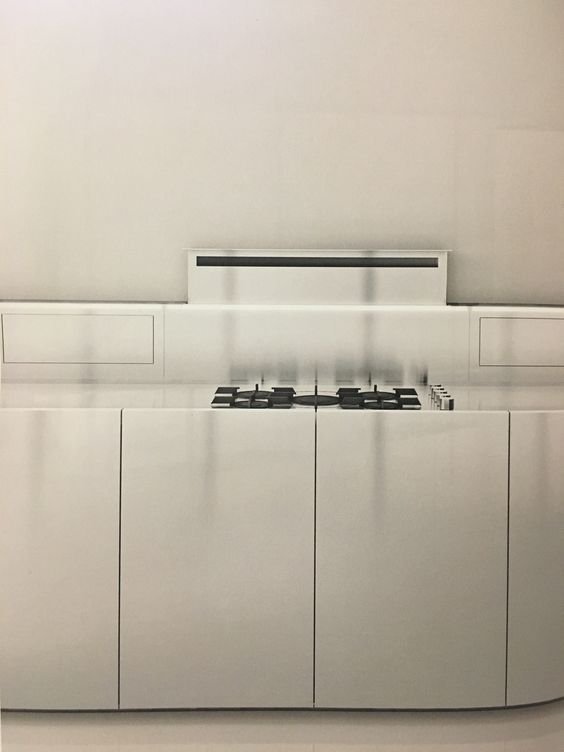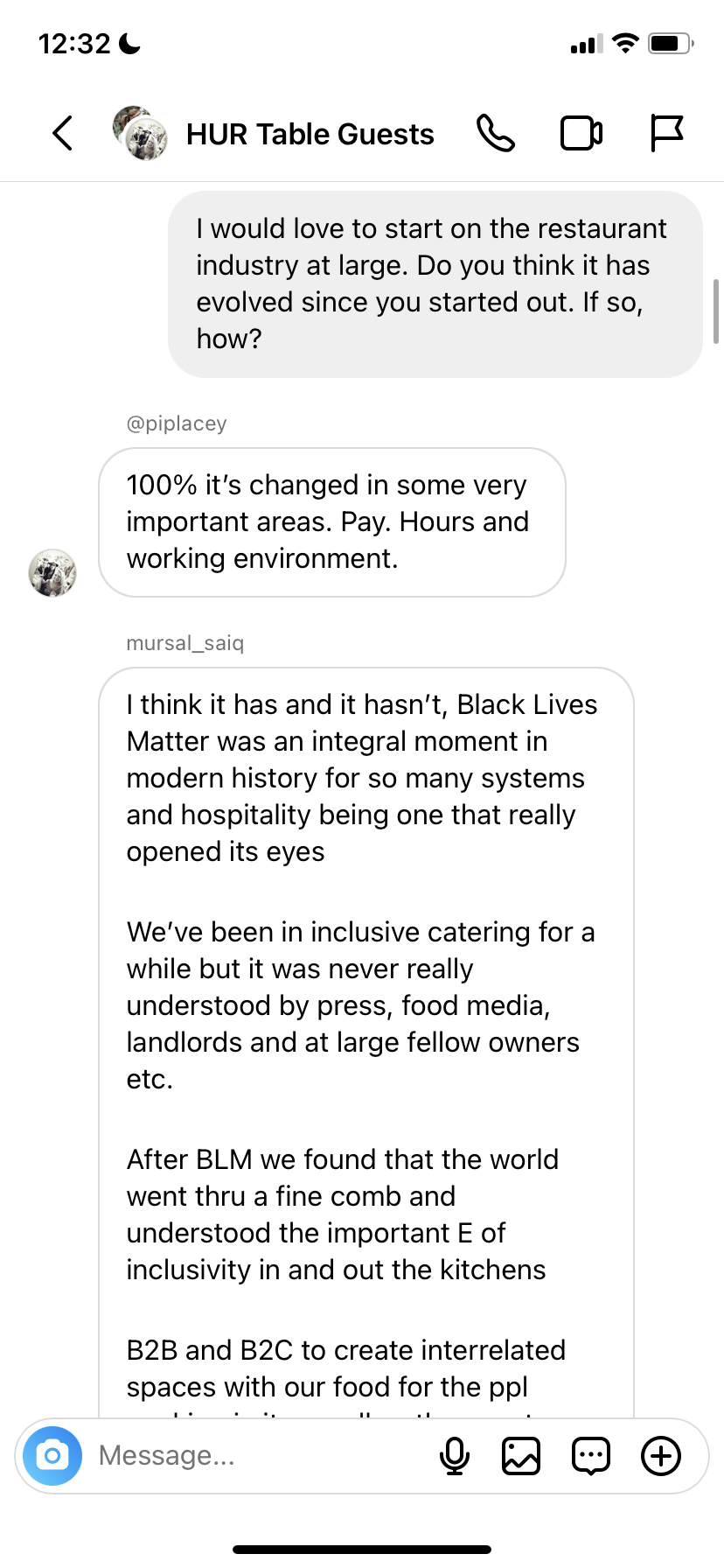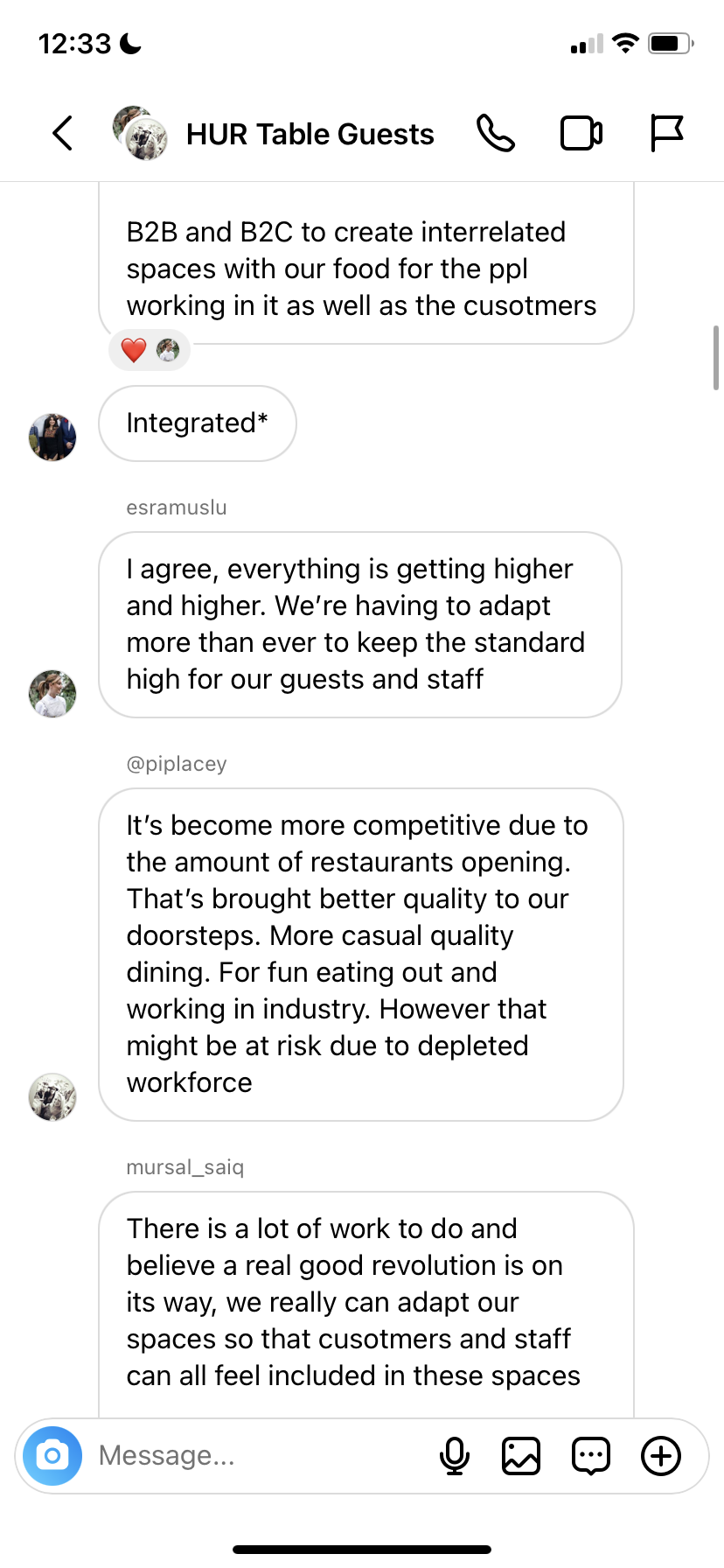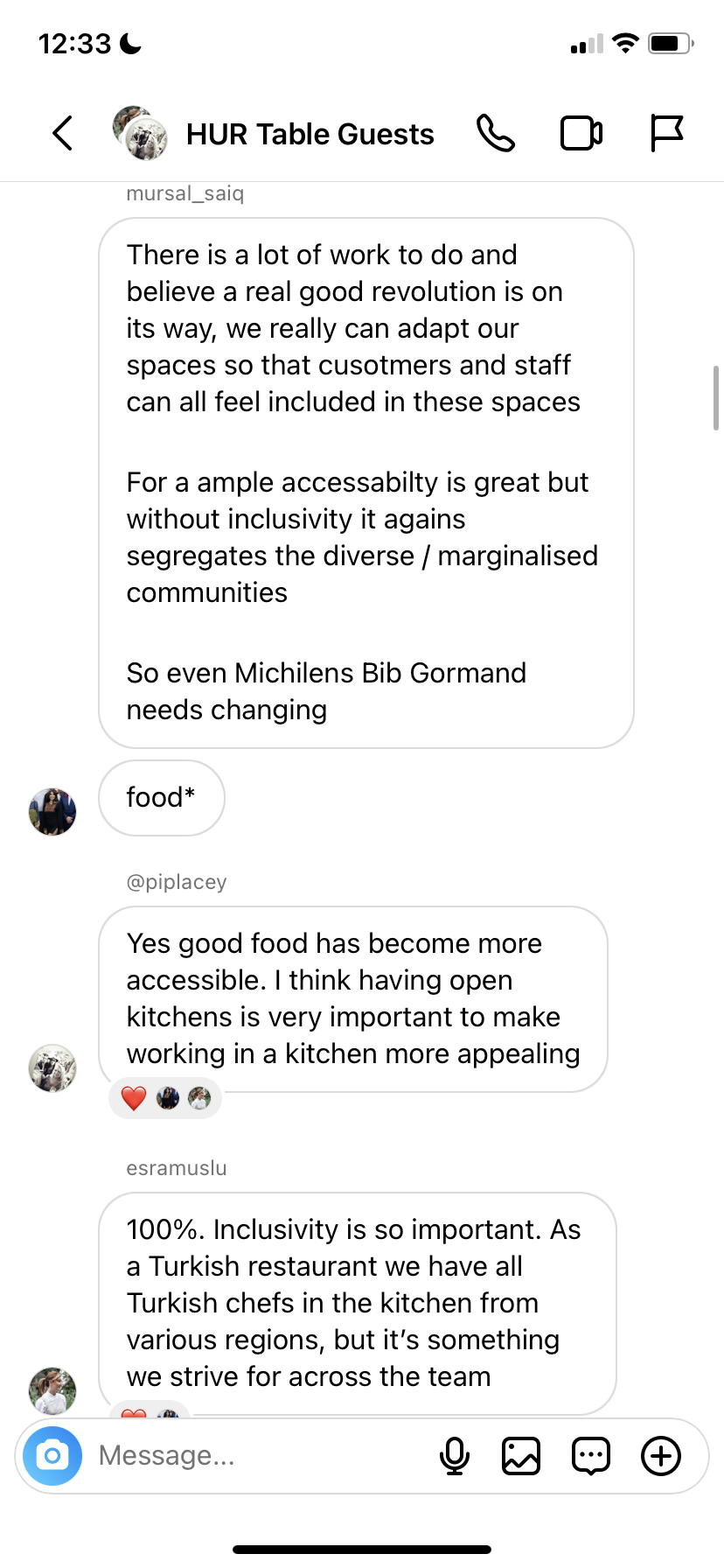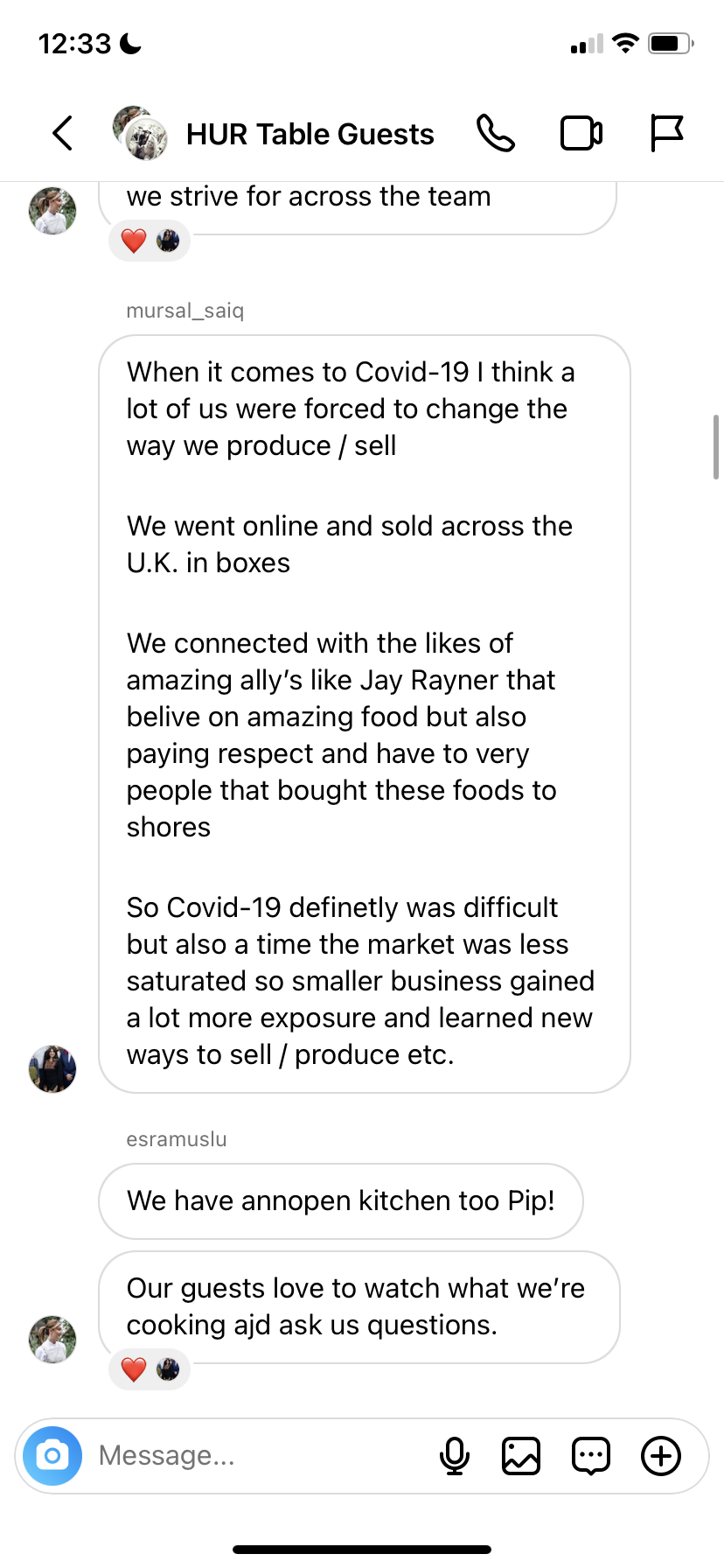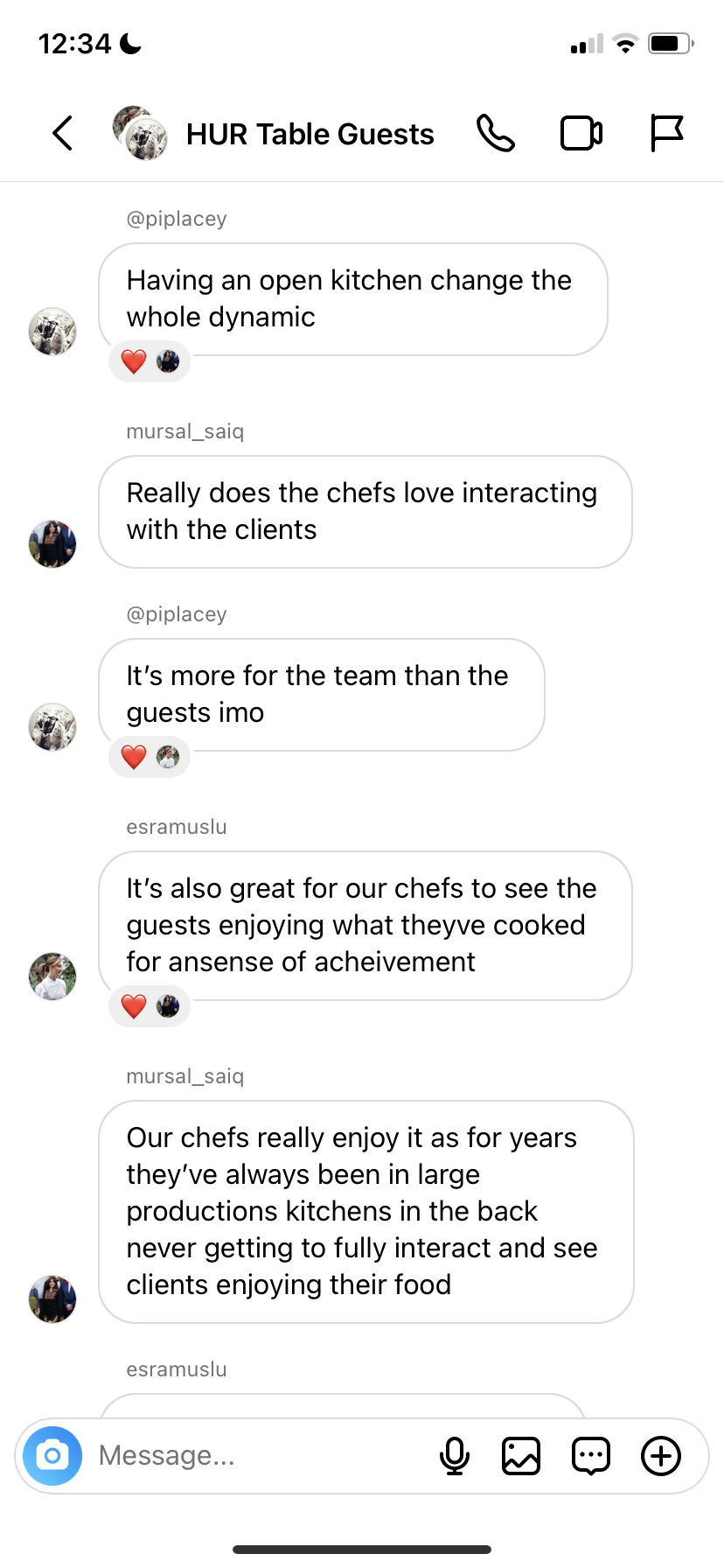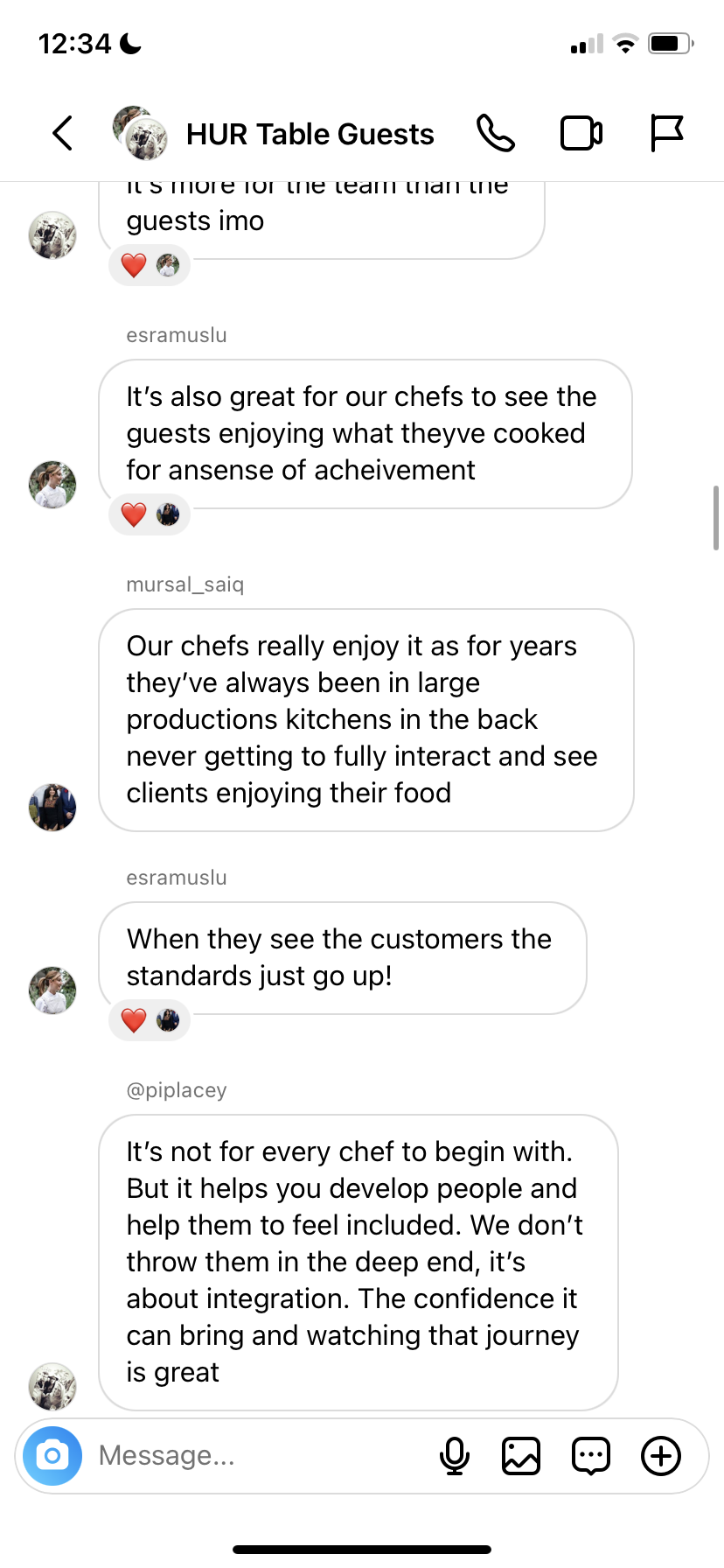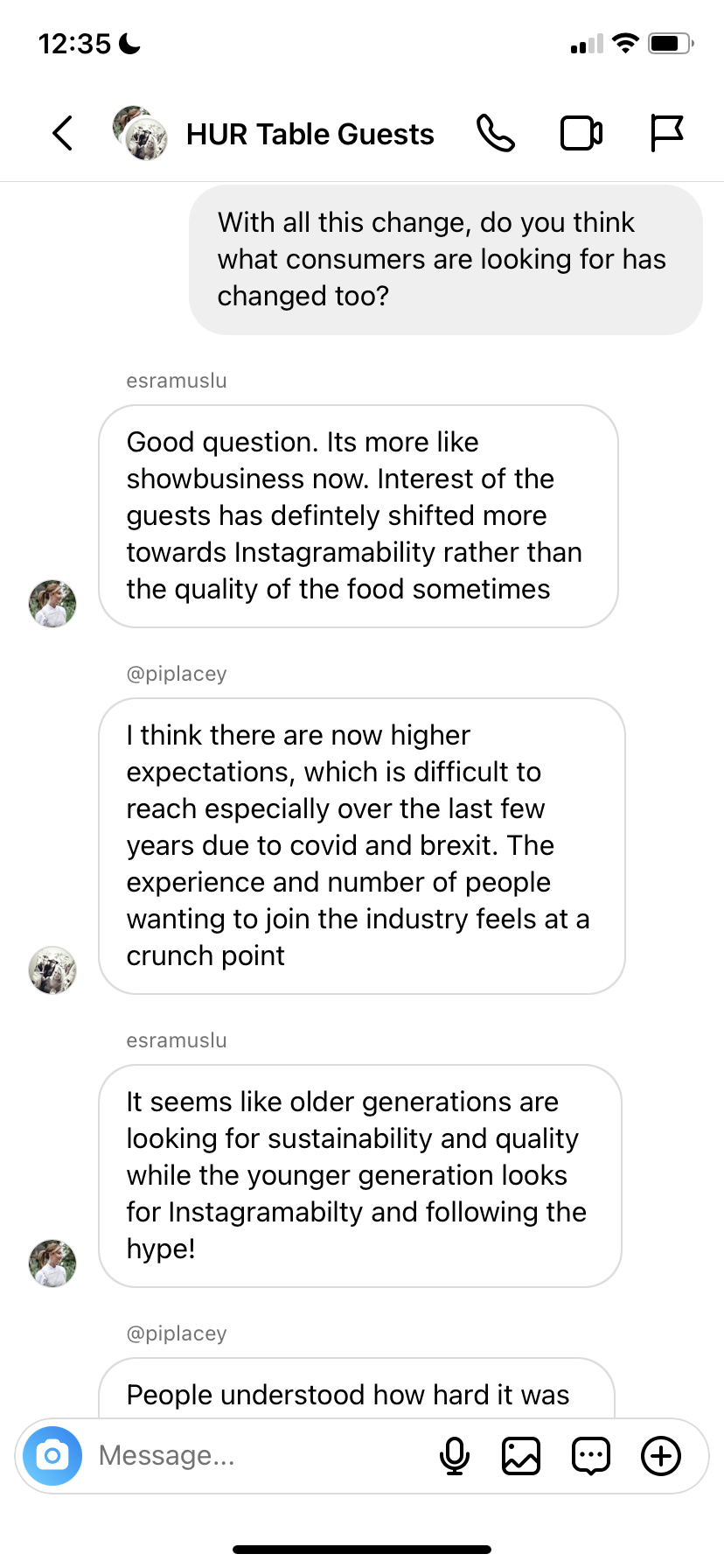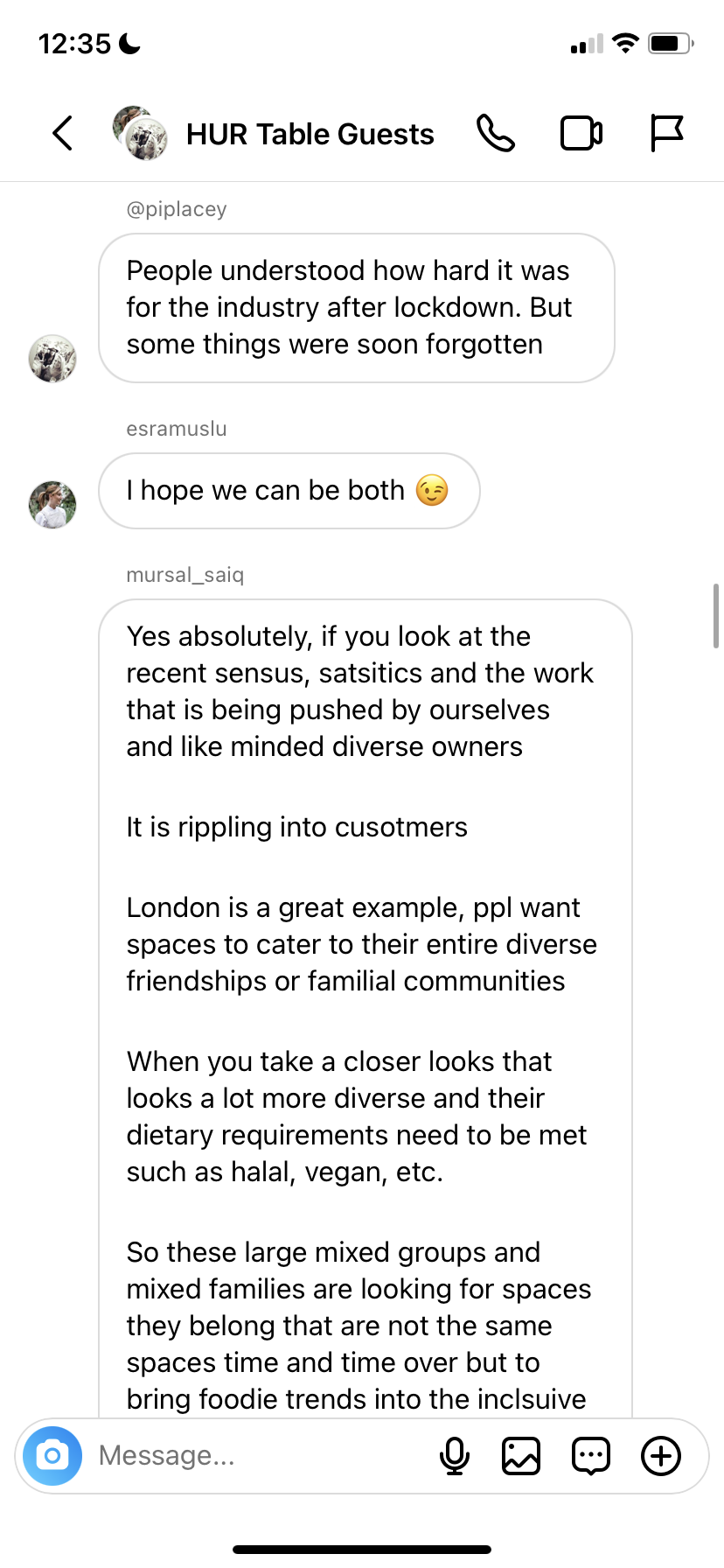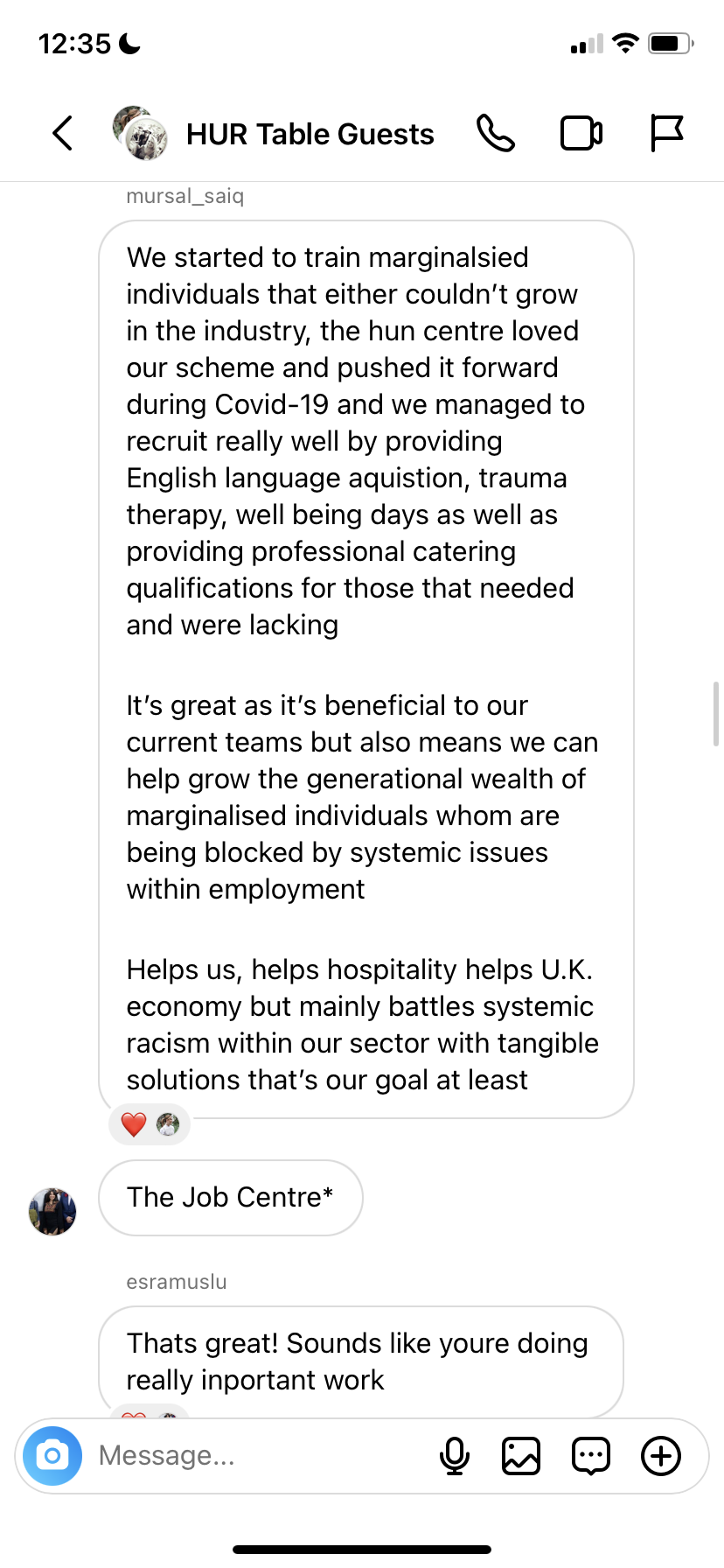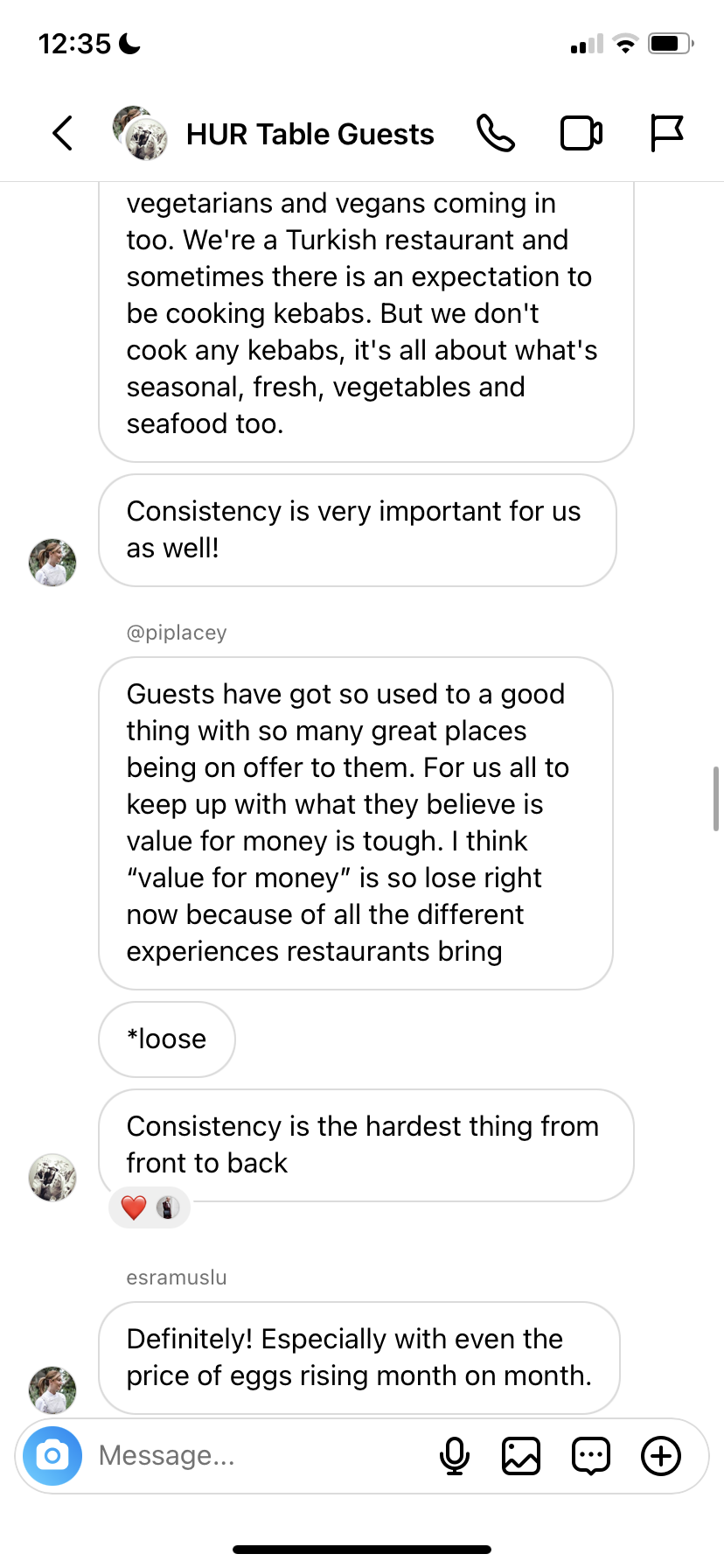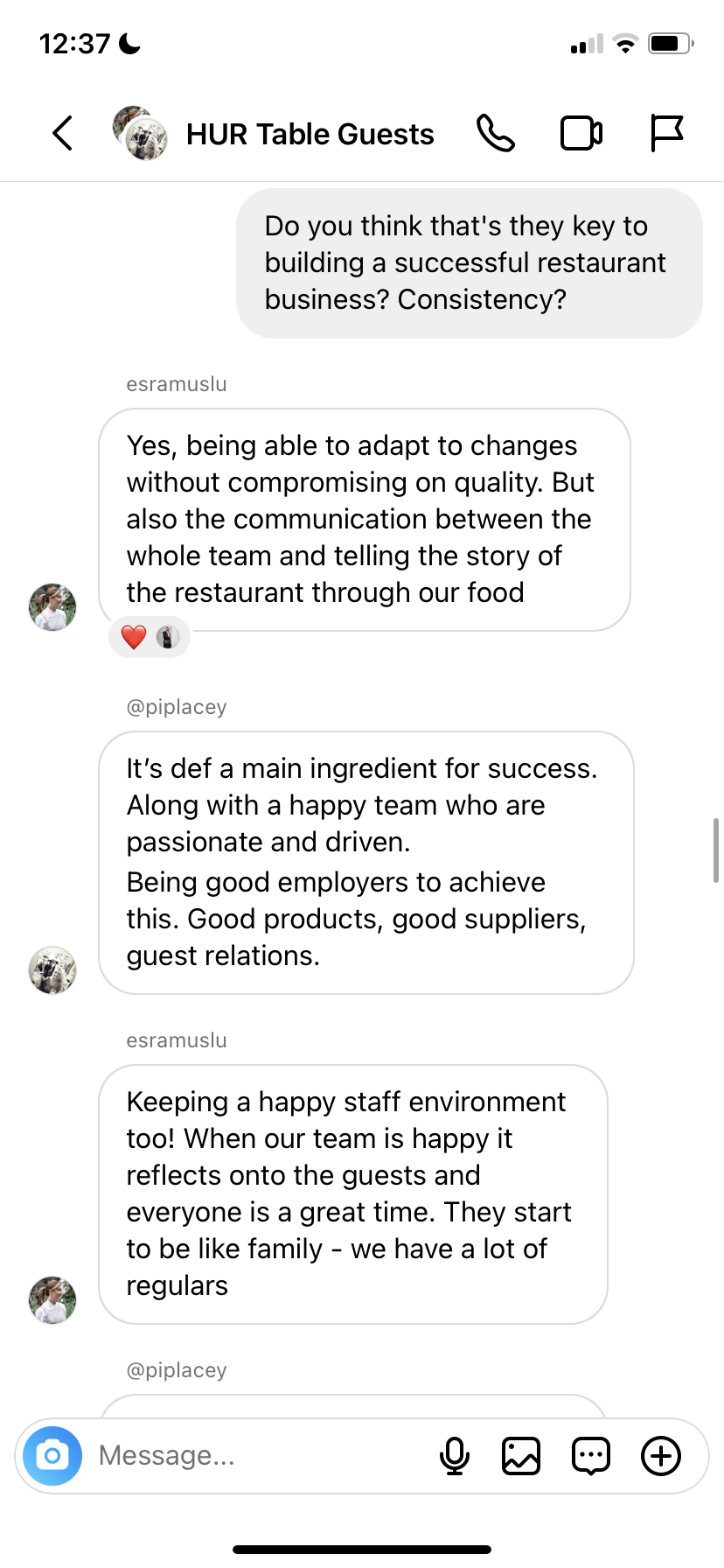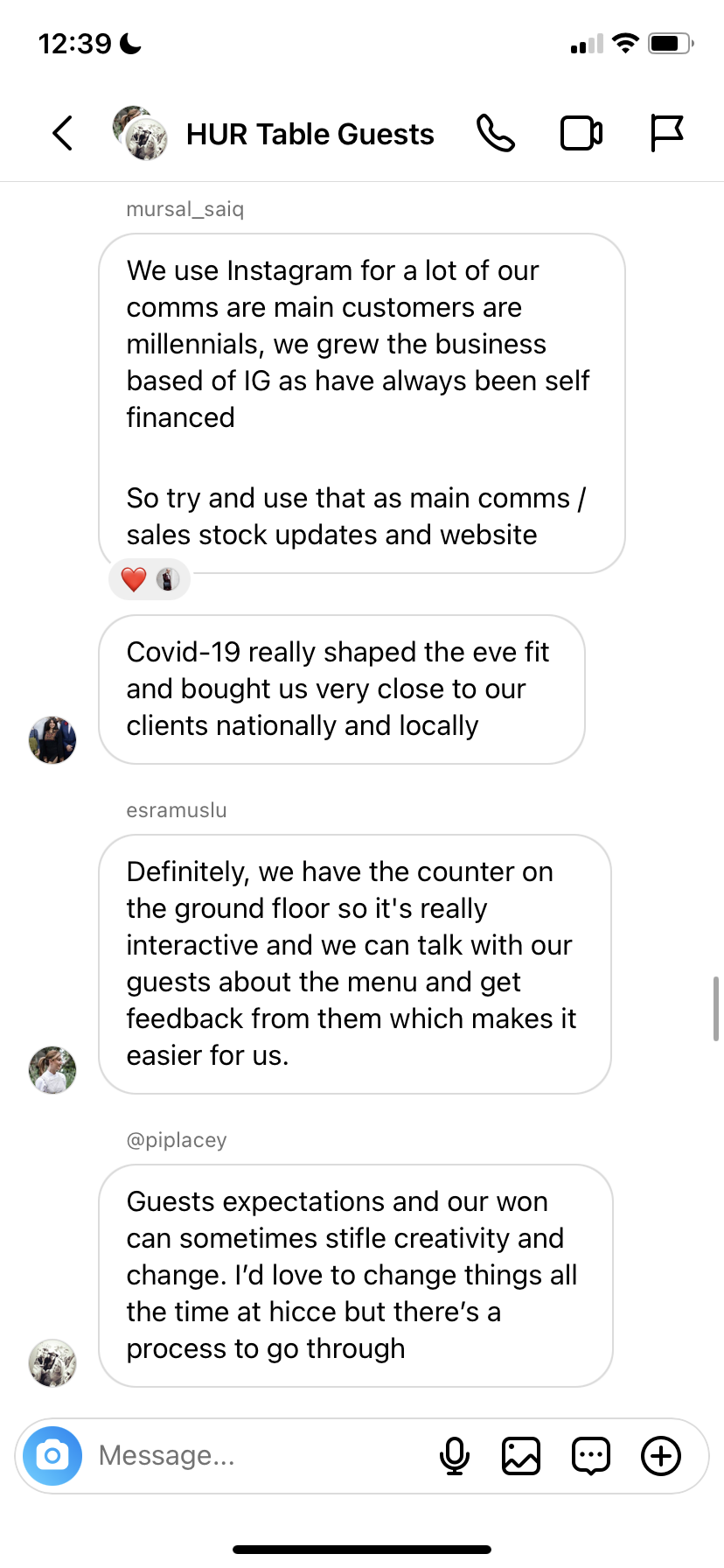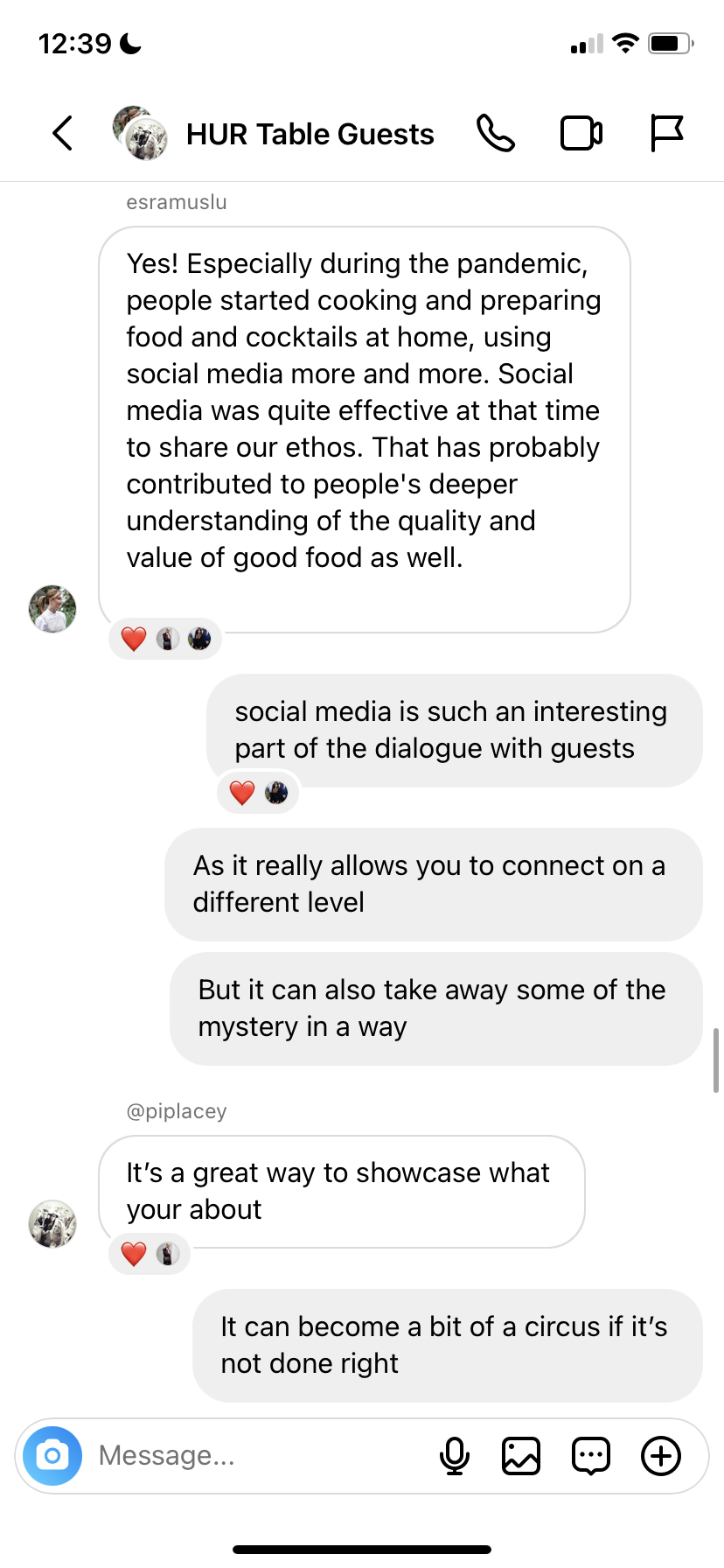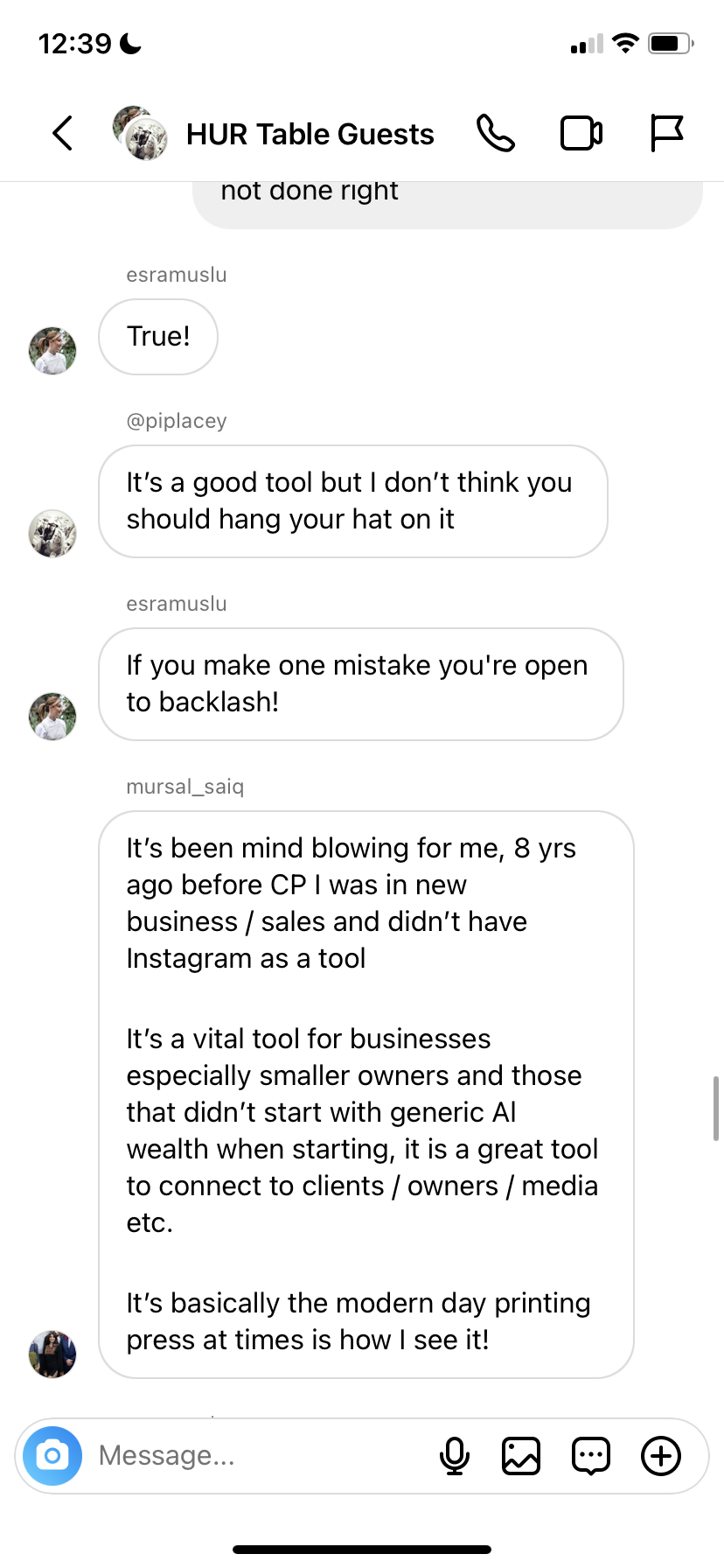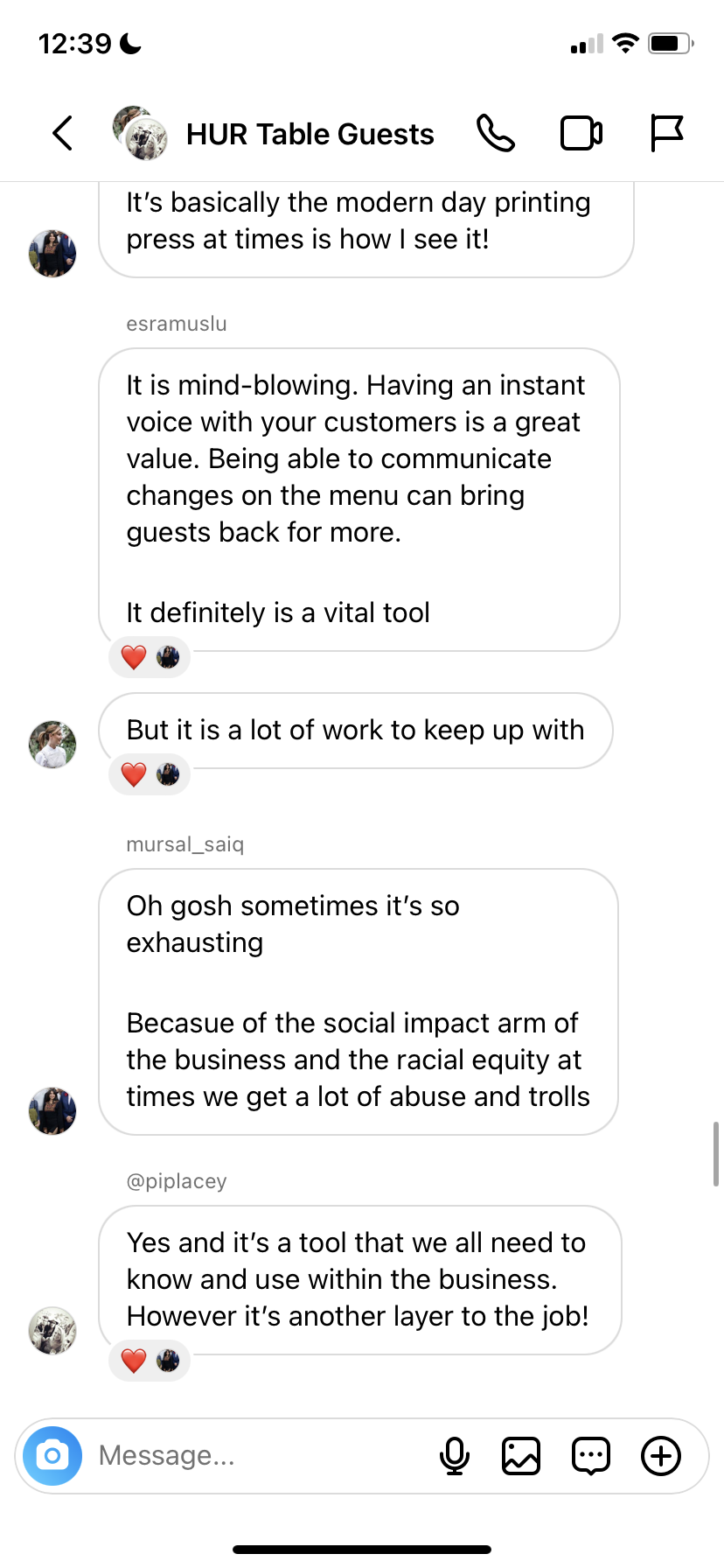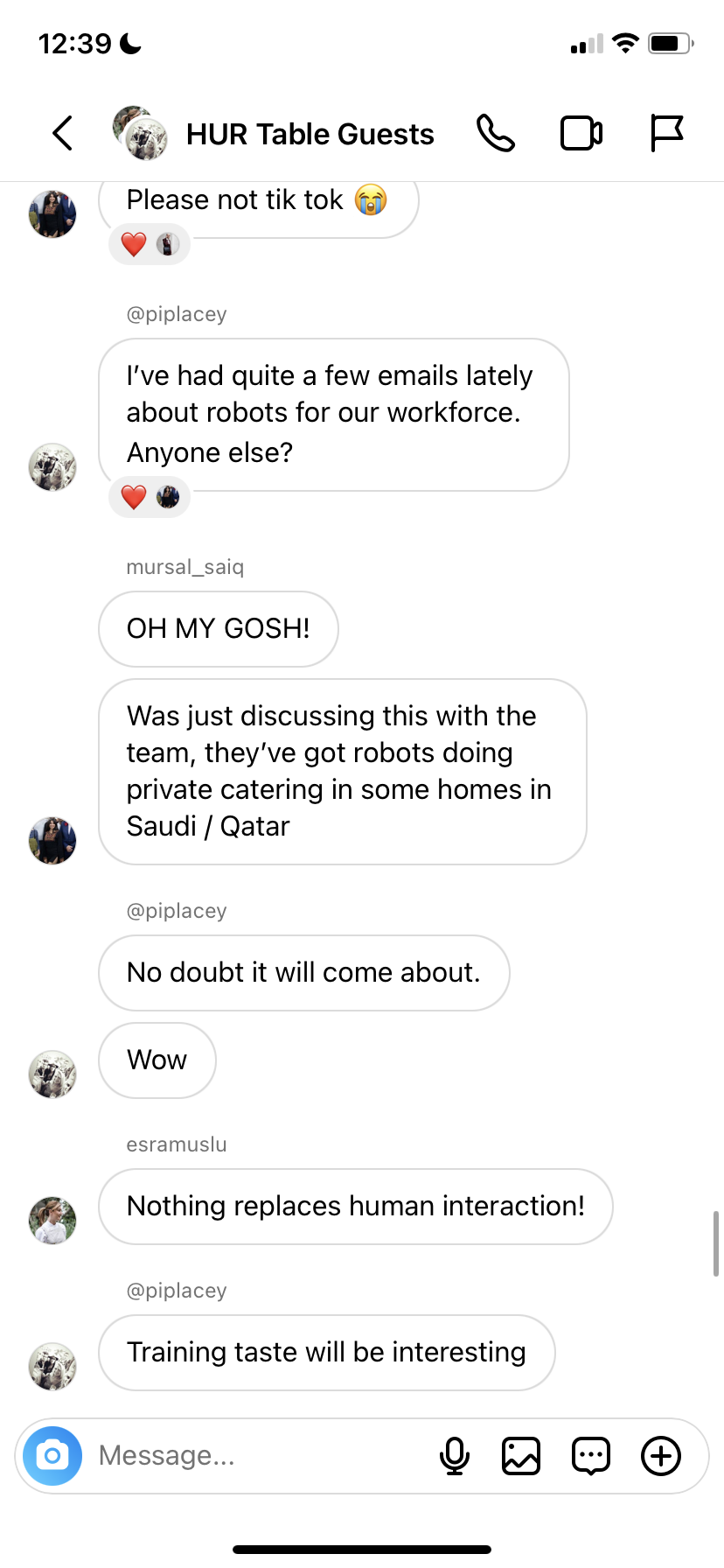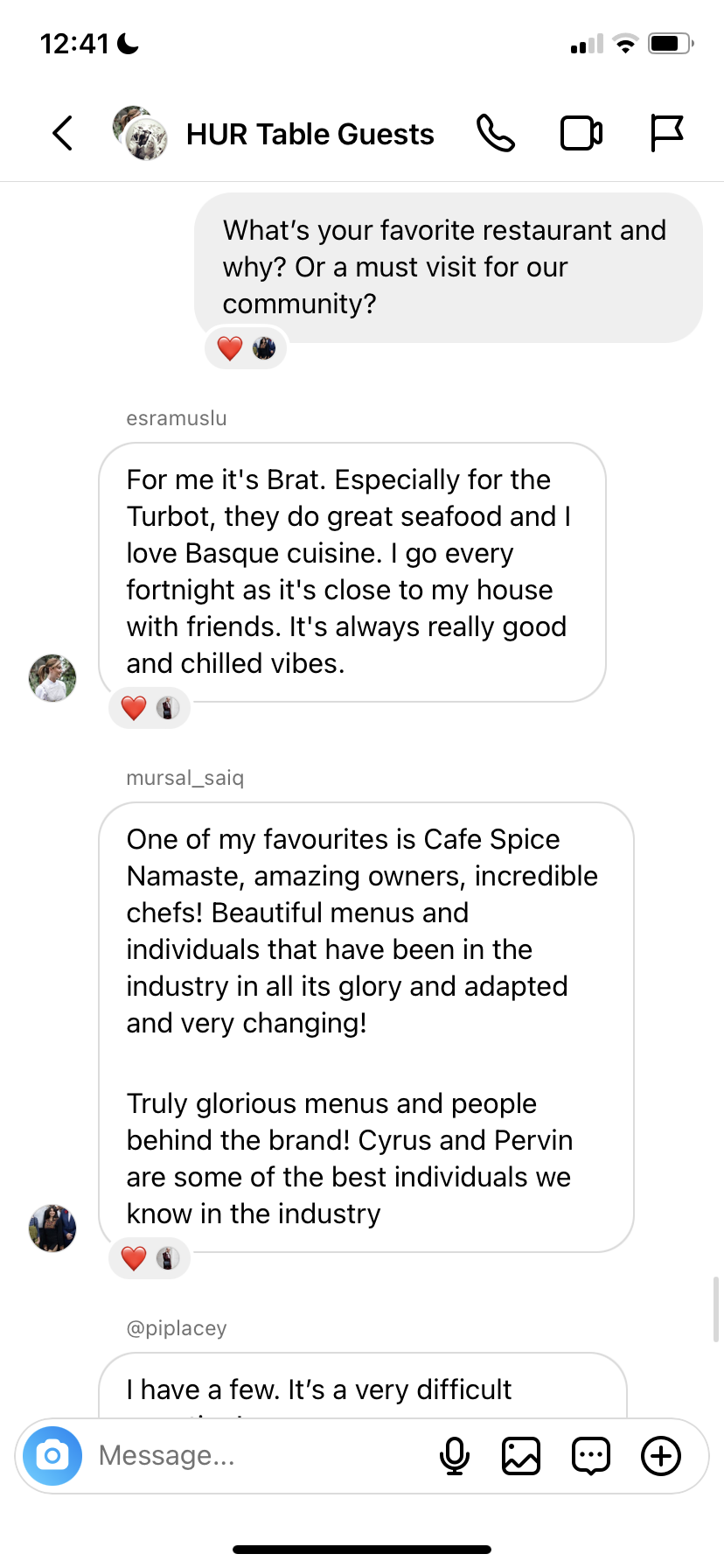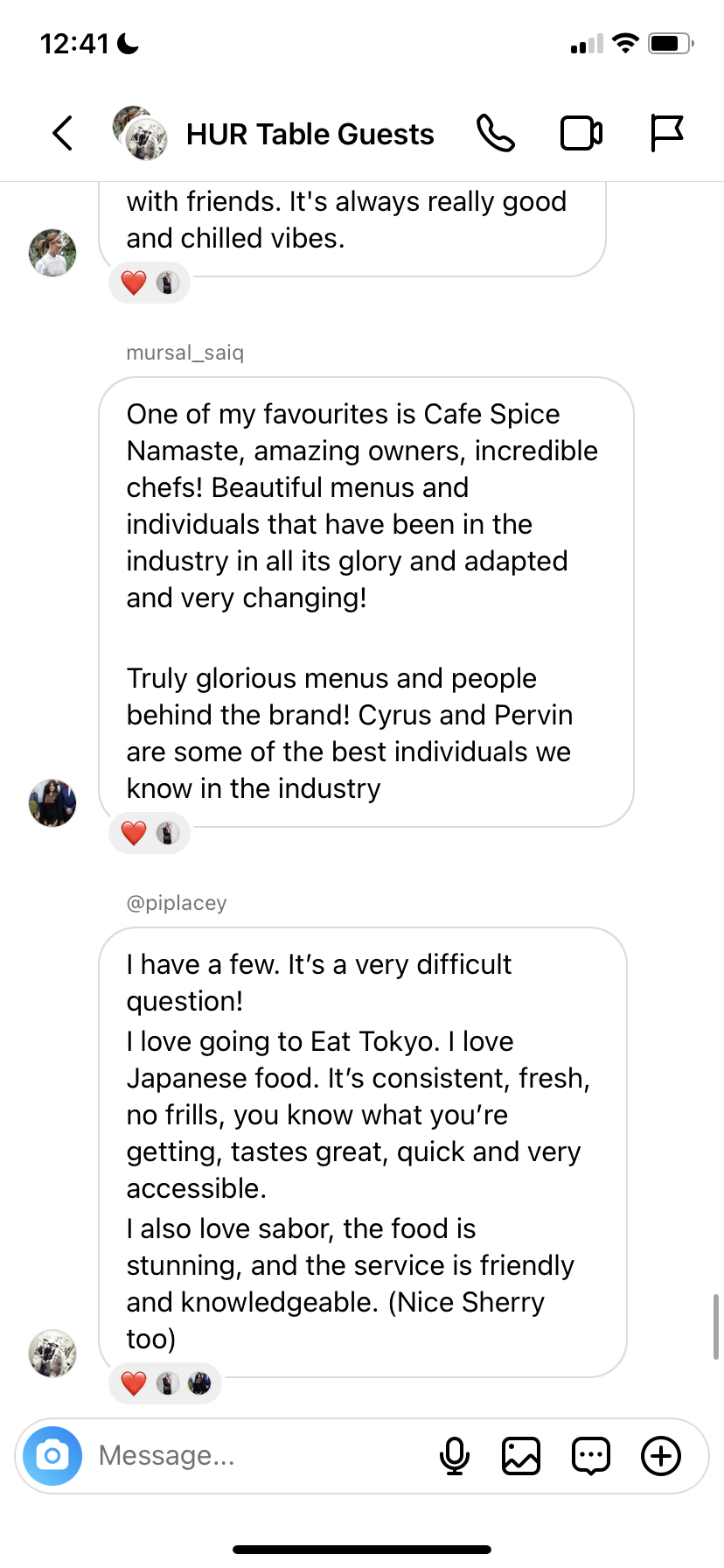Dining Isn’t What It Used to Be
Dining Isn’t What It Used to Be
with Pip Lacey, Esra Muslu and Mursal Saiq
By HURS Team
We all have at least one fond memory of dining out. A first date, a celebration of a milestone, an evening out with close friends. But behind these memorable personal experiences through food, is a tough business that we don’t often talk about. Heavily affected by inflation, staff shortages and – last but not least – Covid, many restaurants in the $2.52 billion food service market have struggled to stay afloat. Additionally, the boom in casual dining brands has created an oversaturated market.
If you want to survive as a restaurant, serving great food is table stakes. Diners have plenty of options, and expectations are high. With a continuous stream of new restaurants to try at their fingertips, guests are looking for distinctive experiences. The decor, the menu, the overall atmosphere and where the produce comes from are all key to delivering that. And let’s be real, some diners are more interested in a restaurant’s Instagrammability and less so in the food that’s served while others enjoy getting nerdy about wines and locally sourced ingredients. But there’s another layer. Similarly to other brands within culture, consumers expect the restaurants they interact with to stand for something. They want to connect with the bigger vision and how that fits into the world. For all its downsides, this is where social media can bring something positive to the table. It allows restaurant businesses and chefs to foster a direct relationship with diners and to share their philosophy on their terms.
A time of turmoil can also be a time of opportunity and change, it’s about finding the right ingredients for building a long-term brand that resonates with people on a deeper level. And what’s a better way to connect than through a memorable meal?
PIP LACEY
Chef Pip Lacey started out as a graphic designer before finding her true calling. Lacey started her culinary career working as a commis chef at a Gordon Ramsay restaurant under chef Angela Hartnett. She then spent 6 years at the Michelin-starred Murano where she was Head Chef for 3 years, before opening her first restaurant hicce in 2018. The most recent venture is hicce hart, a neighborhood pub serving British-style cooking located in Islington, opening in November.
ESRA MUSLU
As an established chef and restaurateur, Muslu has opened four restaurants across Istanbul; Nu Pera, Moreish, Backyard, Auf, Kauf & Unter. Previously, Muslu held the position of Head Chef at Ottolenghi Spitalfields before her successful residency at Carousel. Muslu aims to challenge expectations of Turkish cooking in the capital, re-educating audiences on regionality and flavor. Muslu is also the owner and chef of London-based restaurant Zahter.
MURSAL SAIQ
Mursal Saiq was born in Kabul, Afghanistan, but at only a few weeks old, her family were forced to evacuate their home and give it up to members of the Taliban during the 1990’s civil war. Mursal was separated from her family during the asylum journey due to travel complications and reunited with them years later. Saiq and Josh Moroney opened inclusive catering company Cue Point Ldn after meeting at one of London’s first popular street food markets. Cue Point merges British and Afghan flavors, specializing in smoked meats and was named one of Time Out's best London restaurants in 2022. Saiq has also started Cue Point Kitchen, a social impact arm, which focuses on building the generational wealth of racialized individuals in the hospitality industry.
We asked three industry chefs about their take on the changing restaurant industry, social media’s impact on the relationship with guests and the ingredients to building a successful restaurant business.
